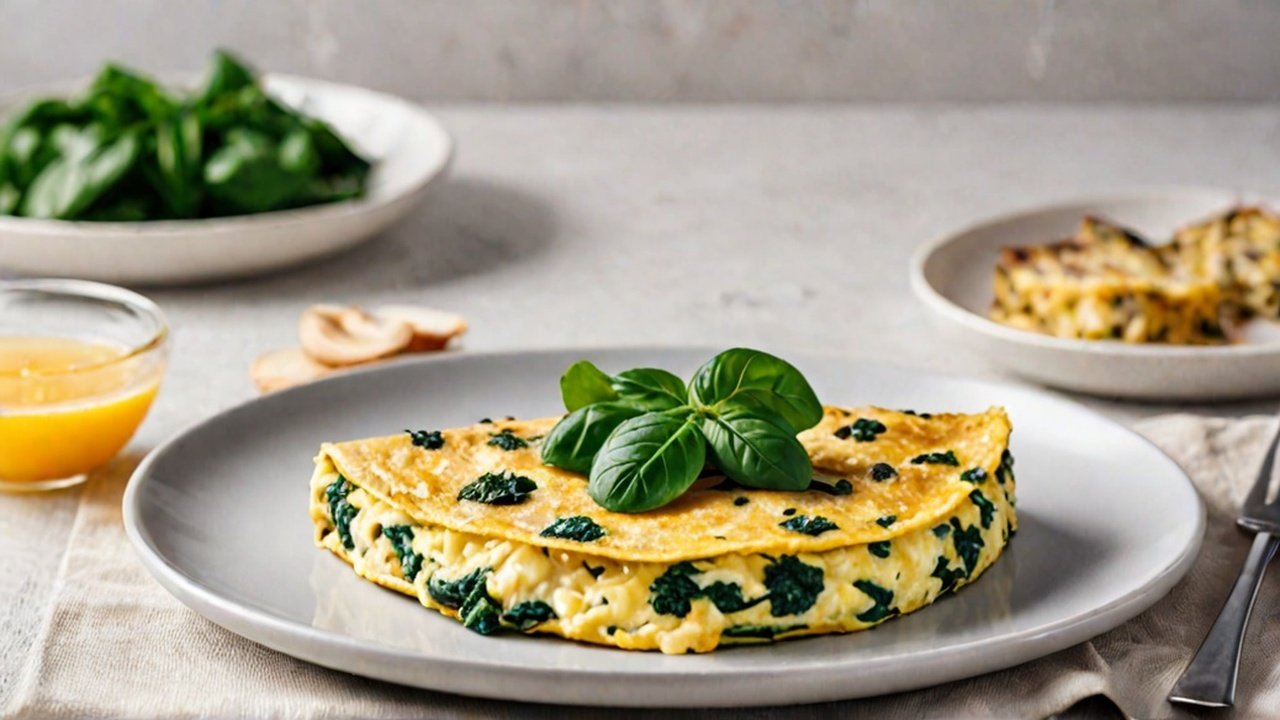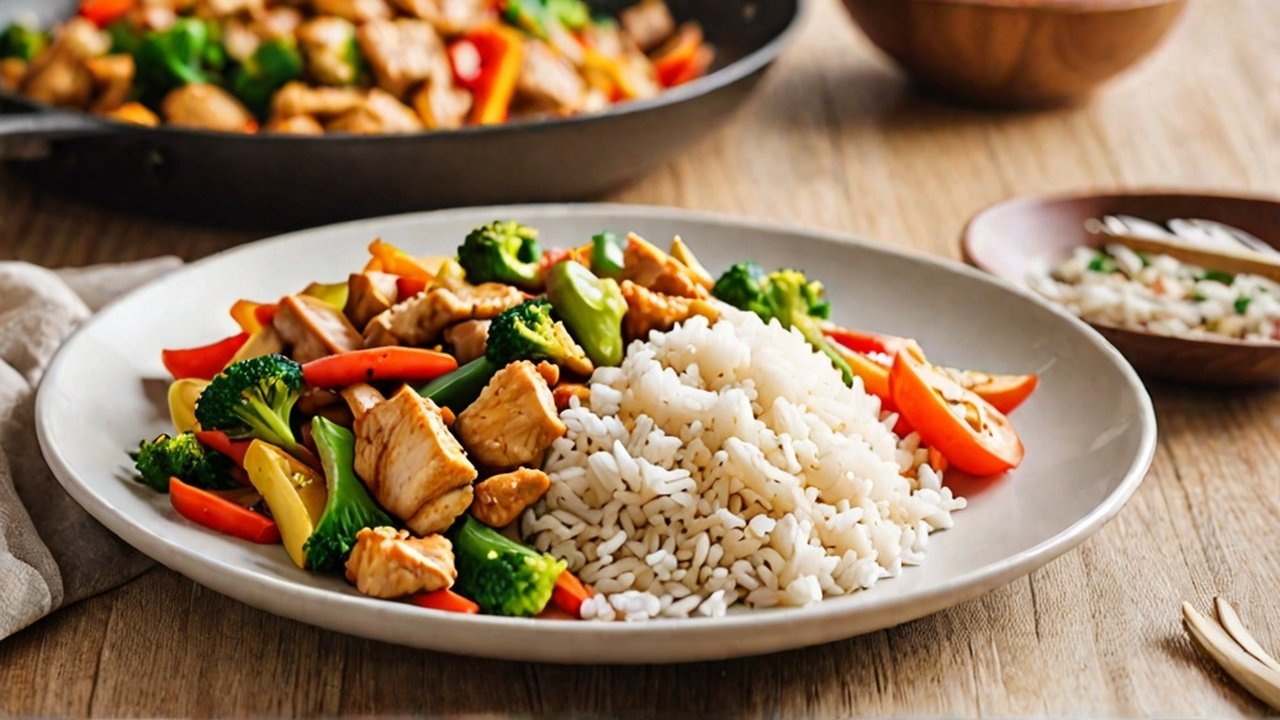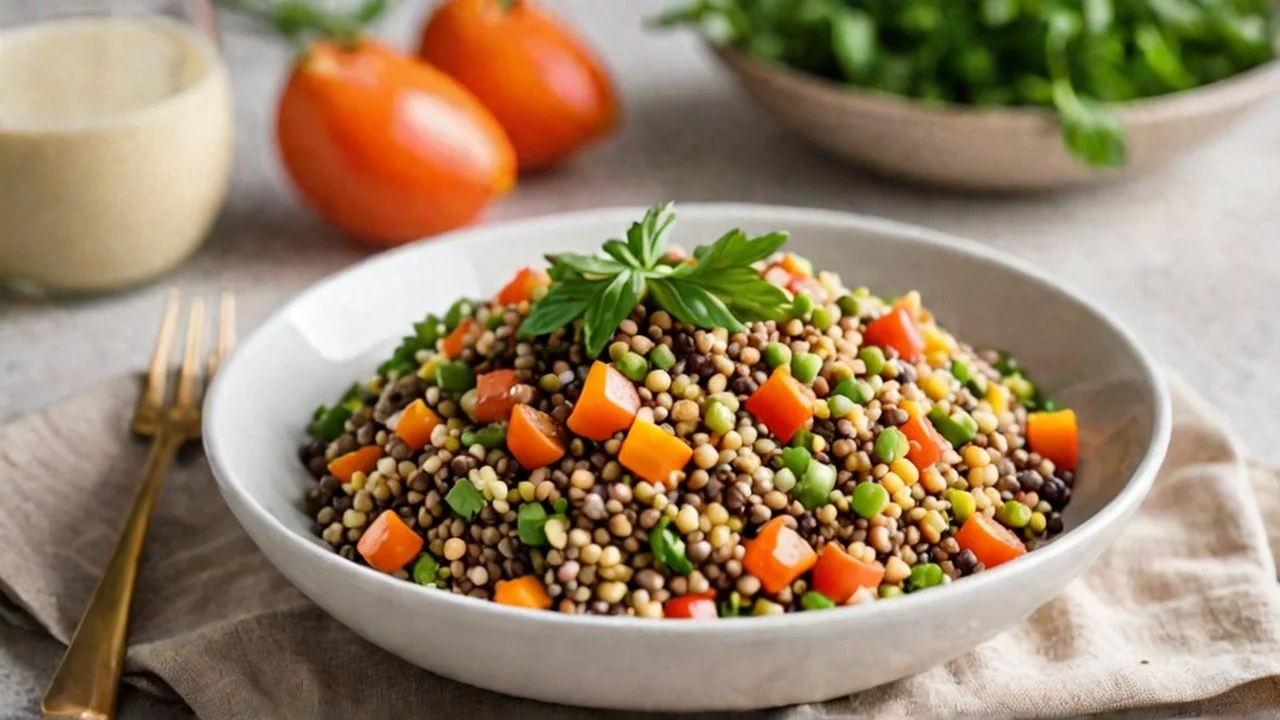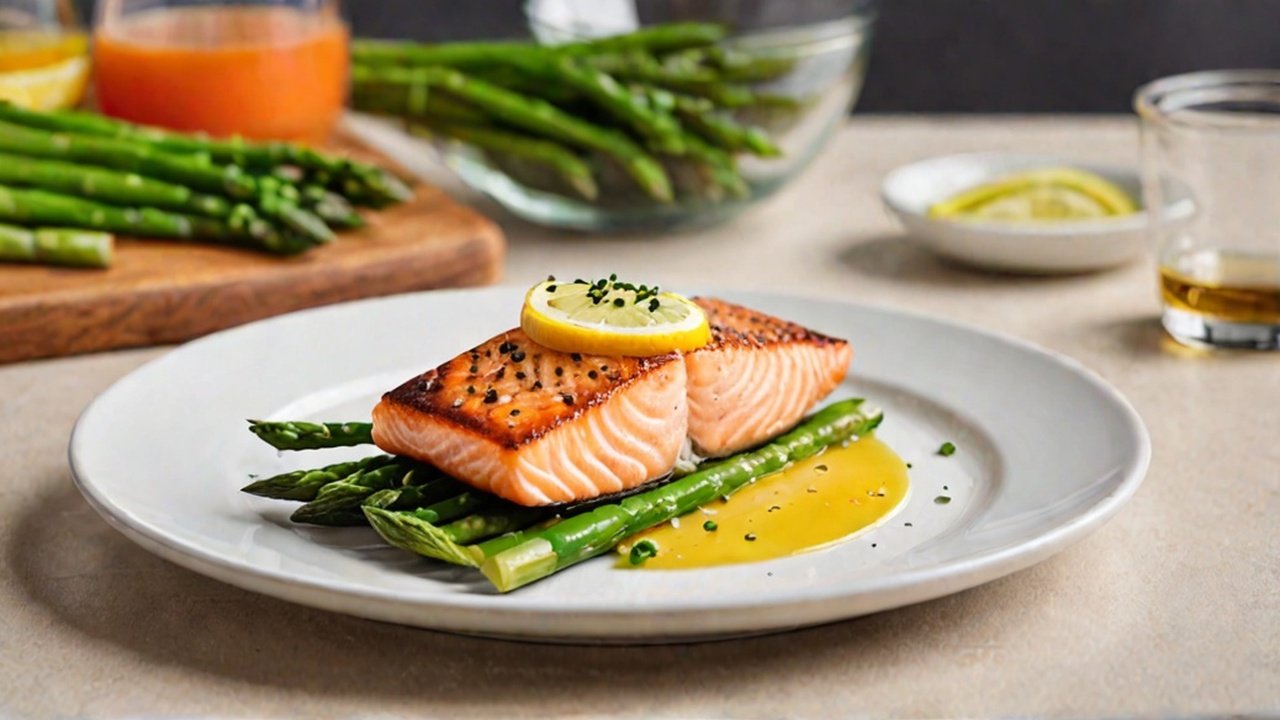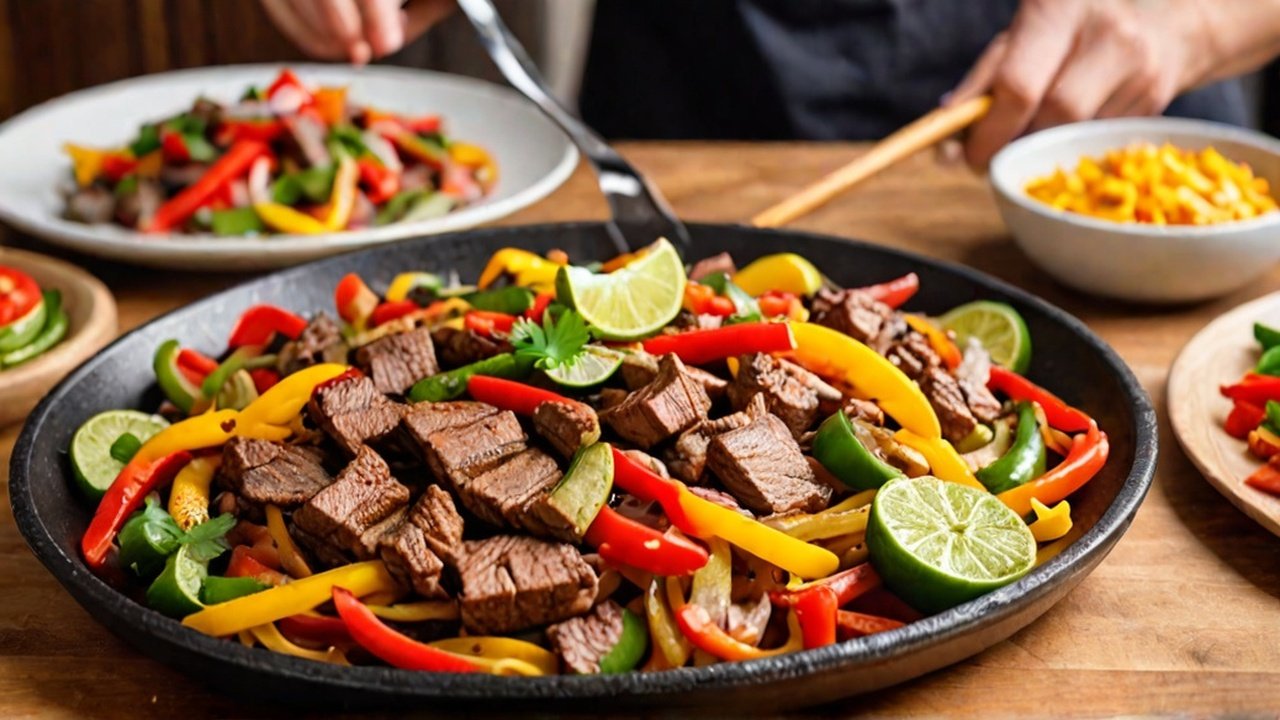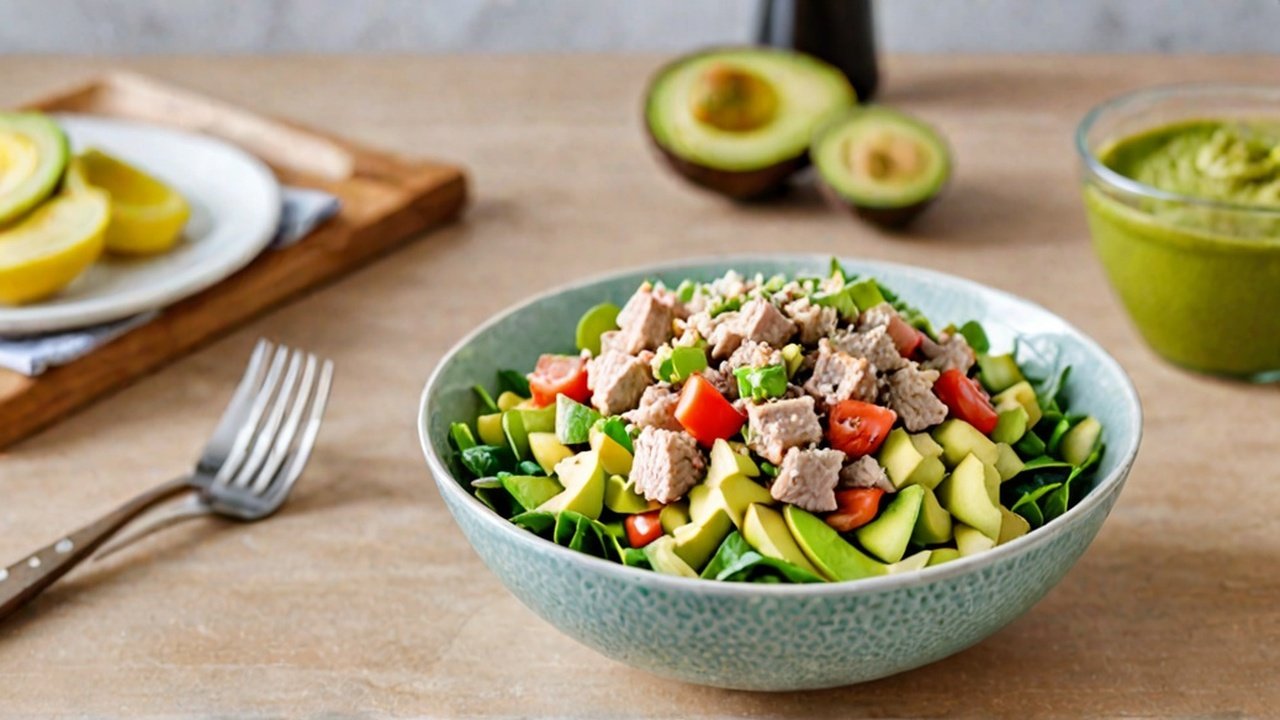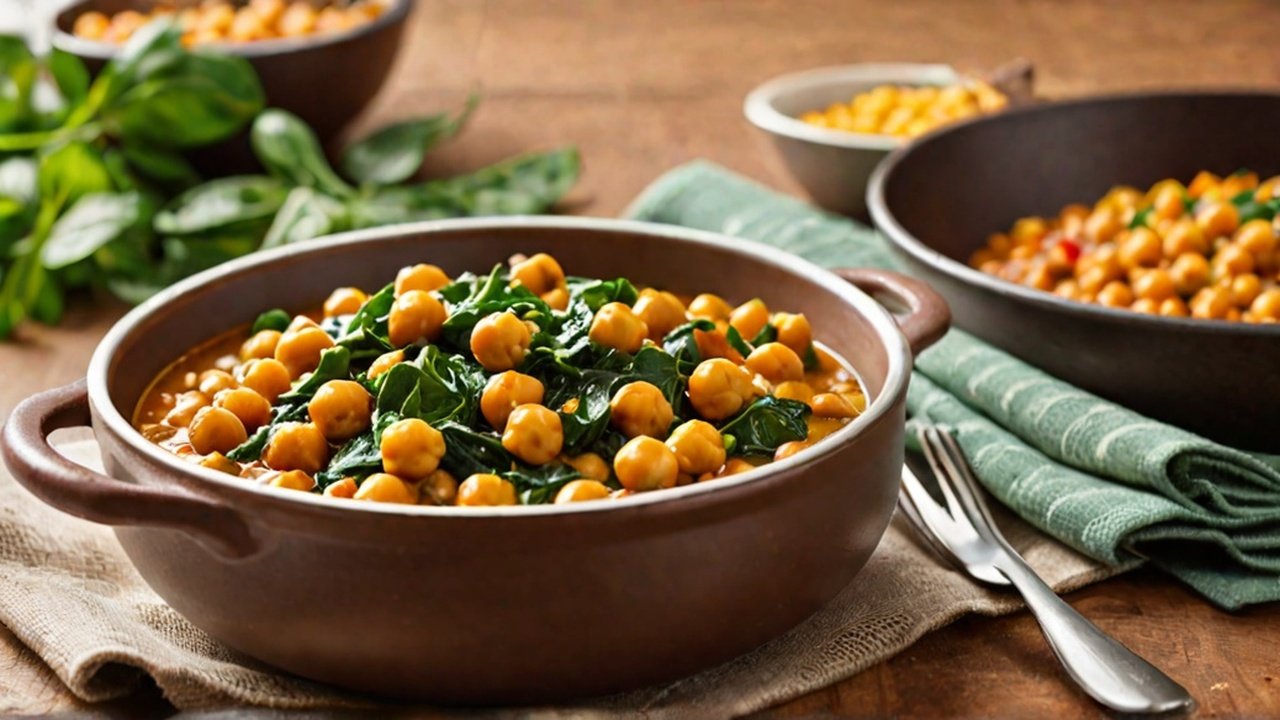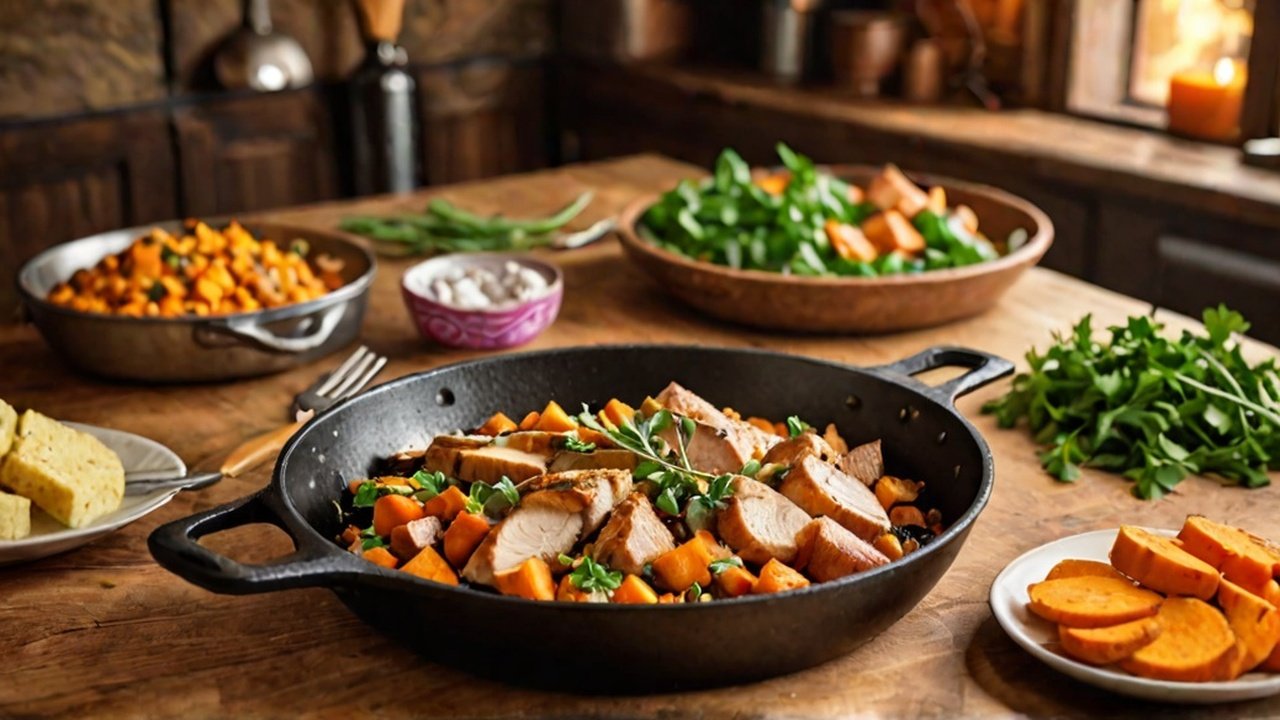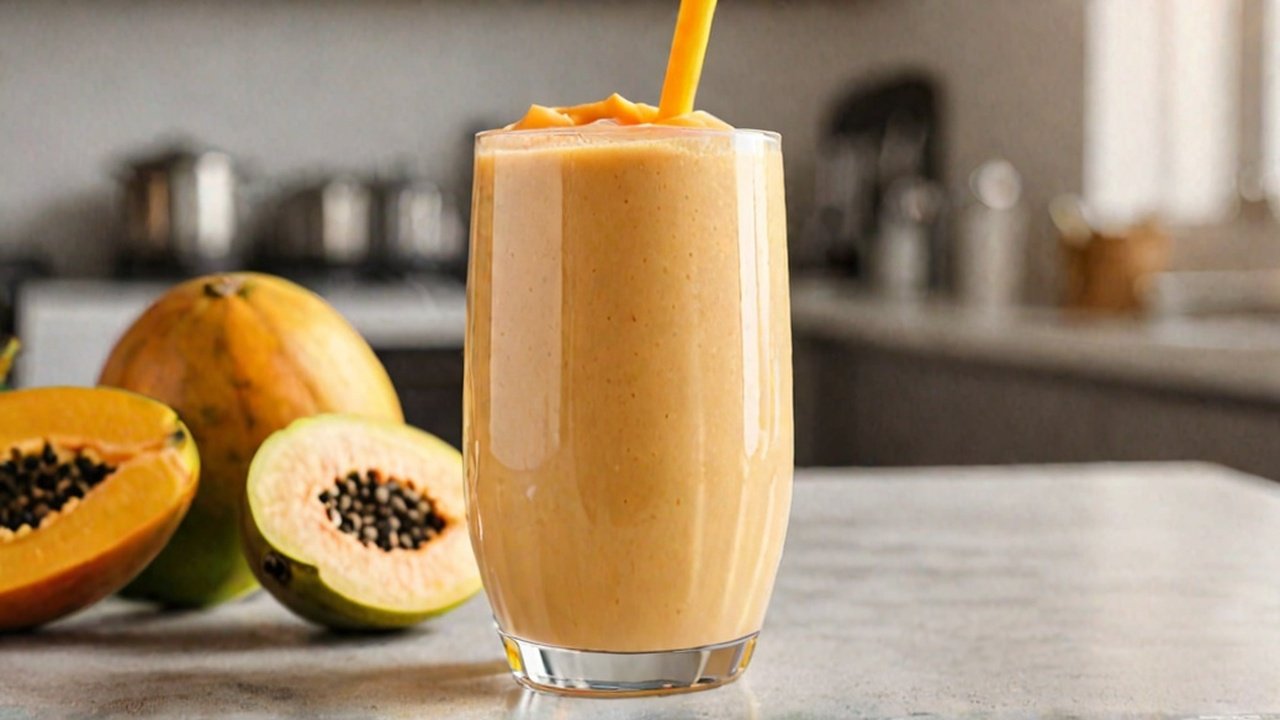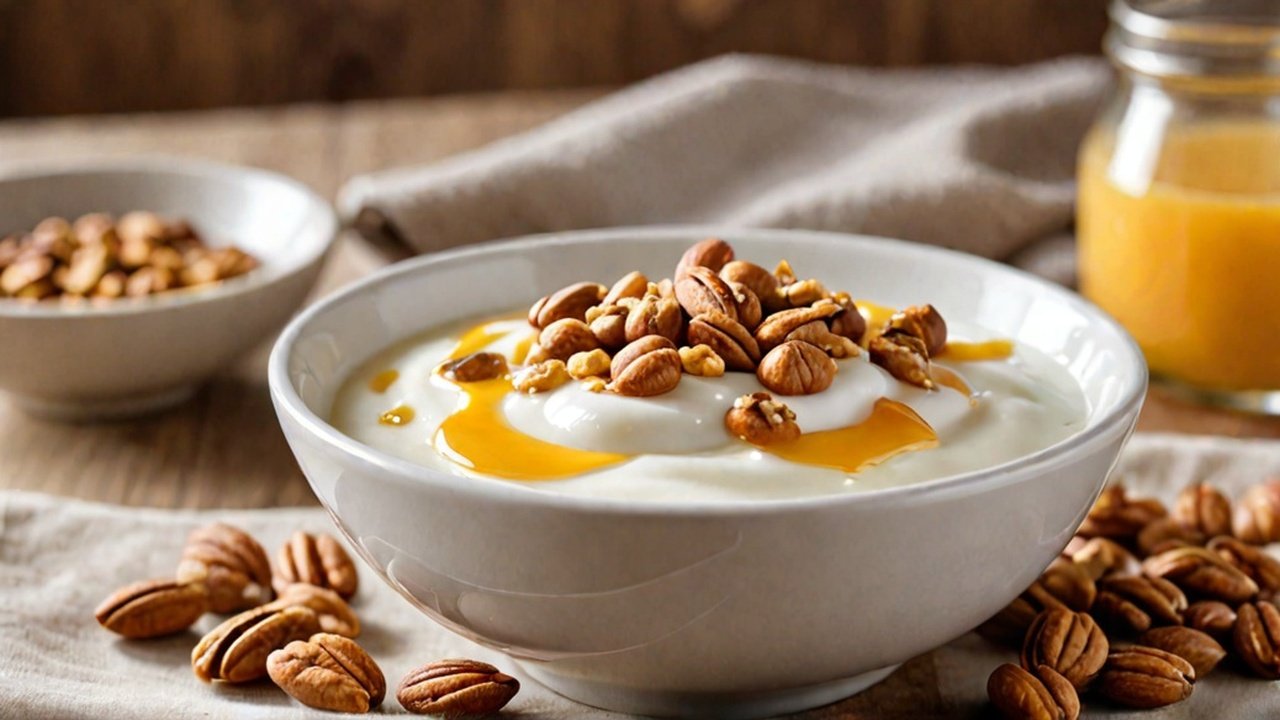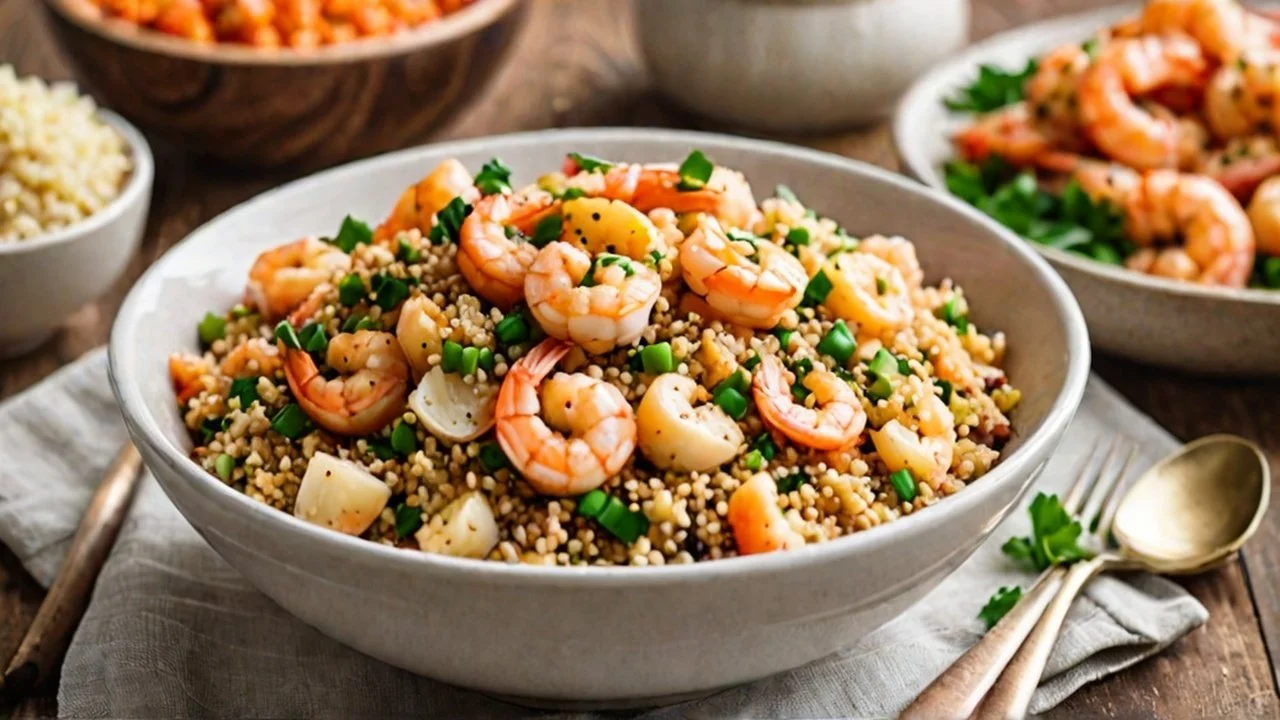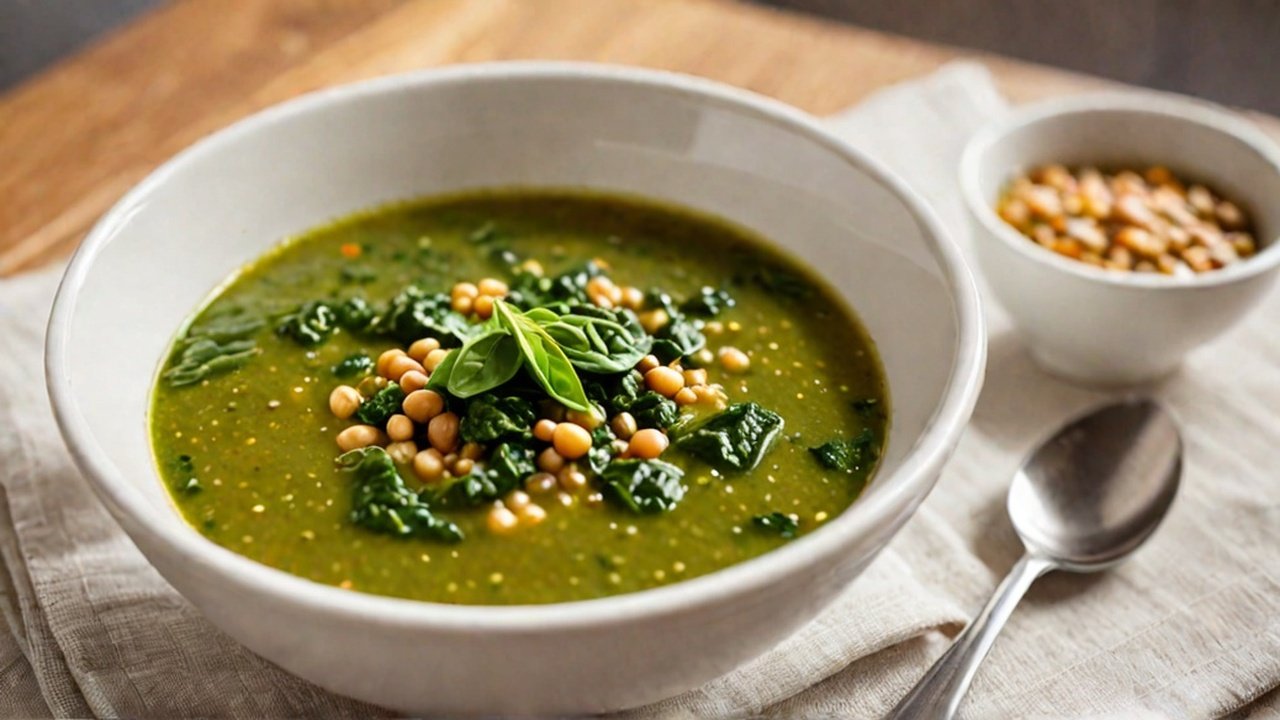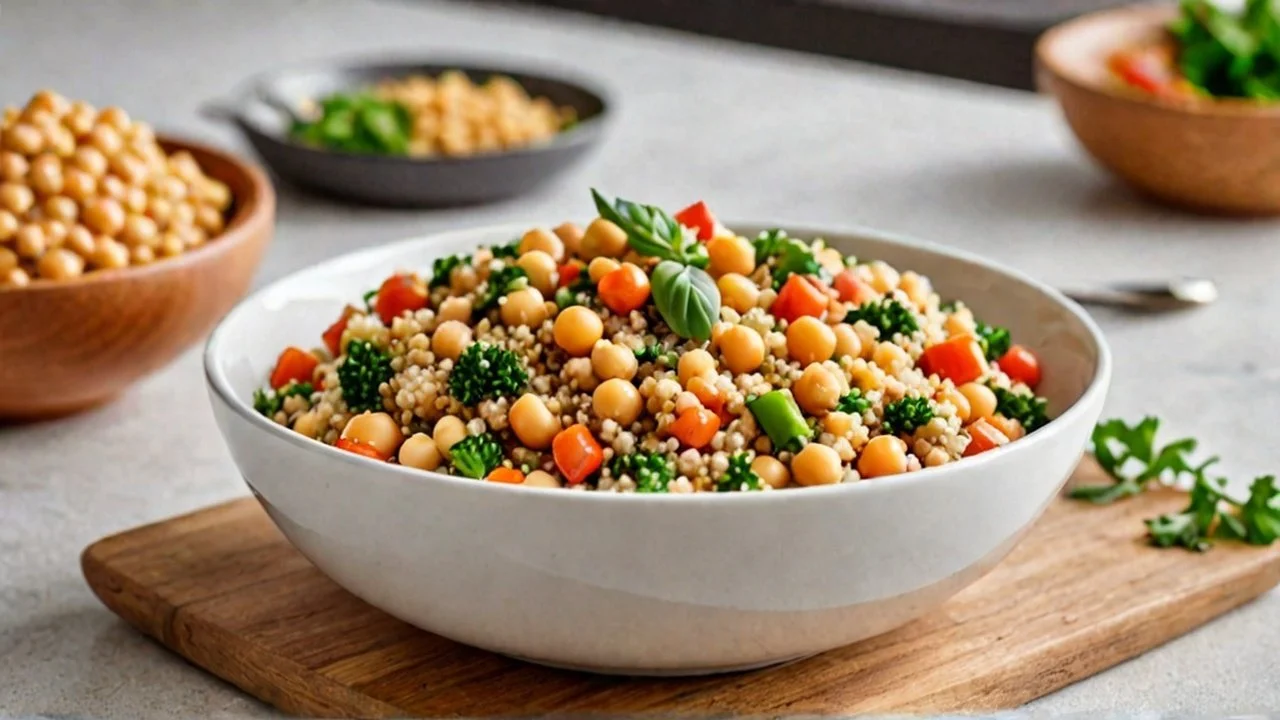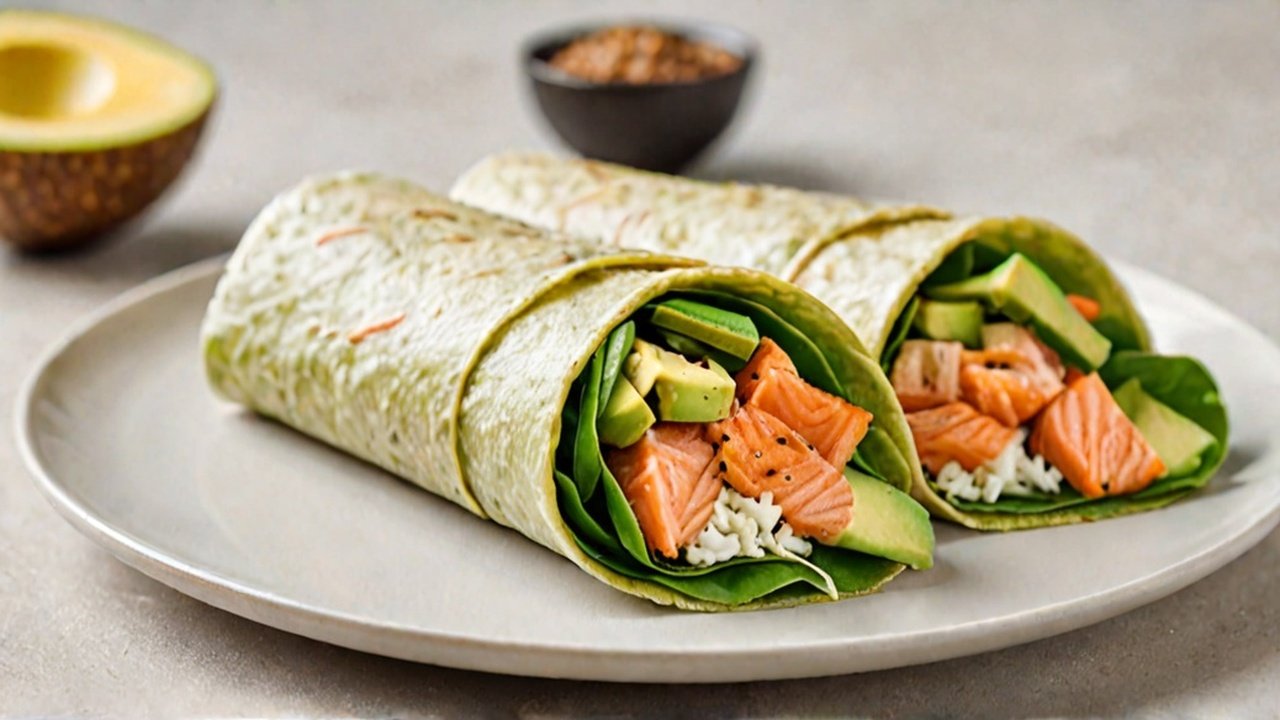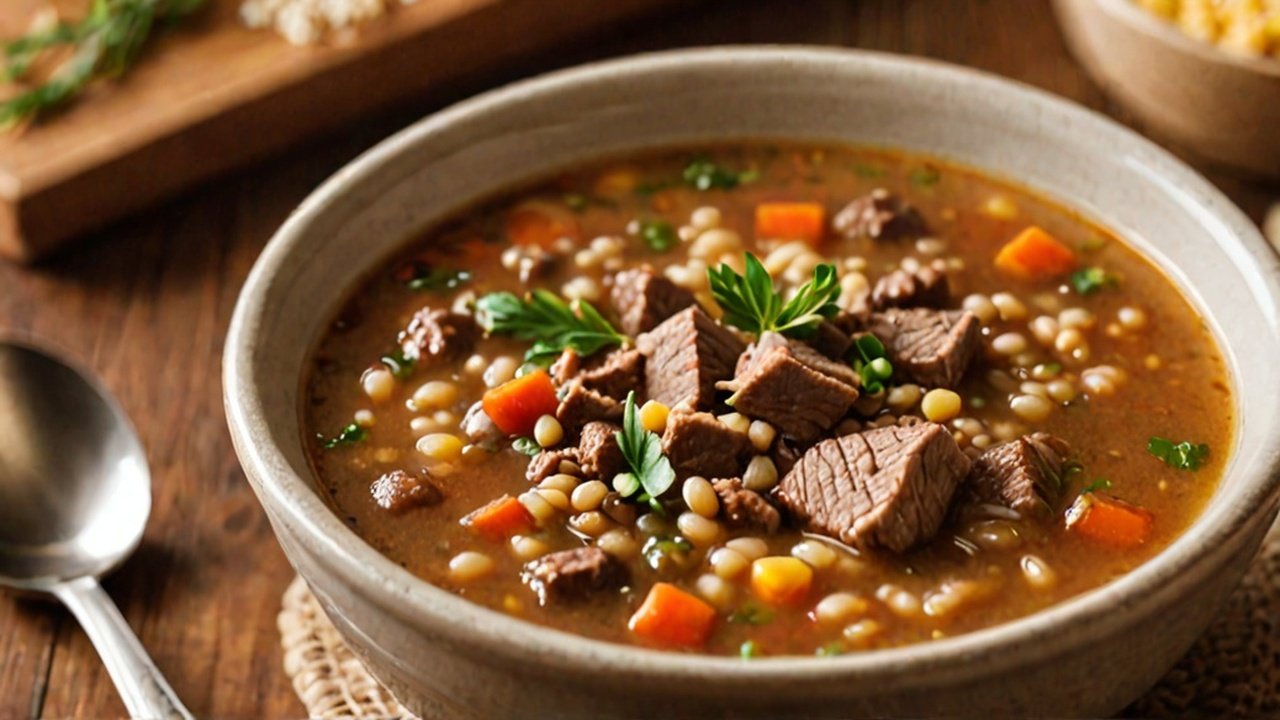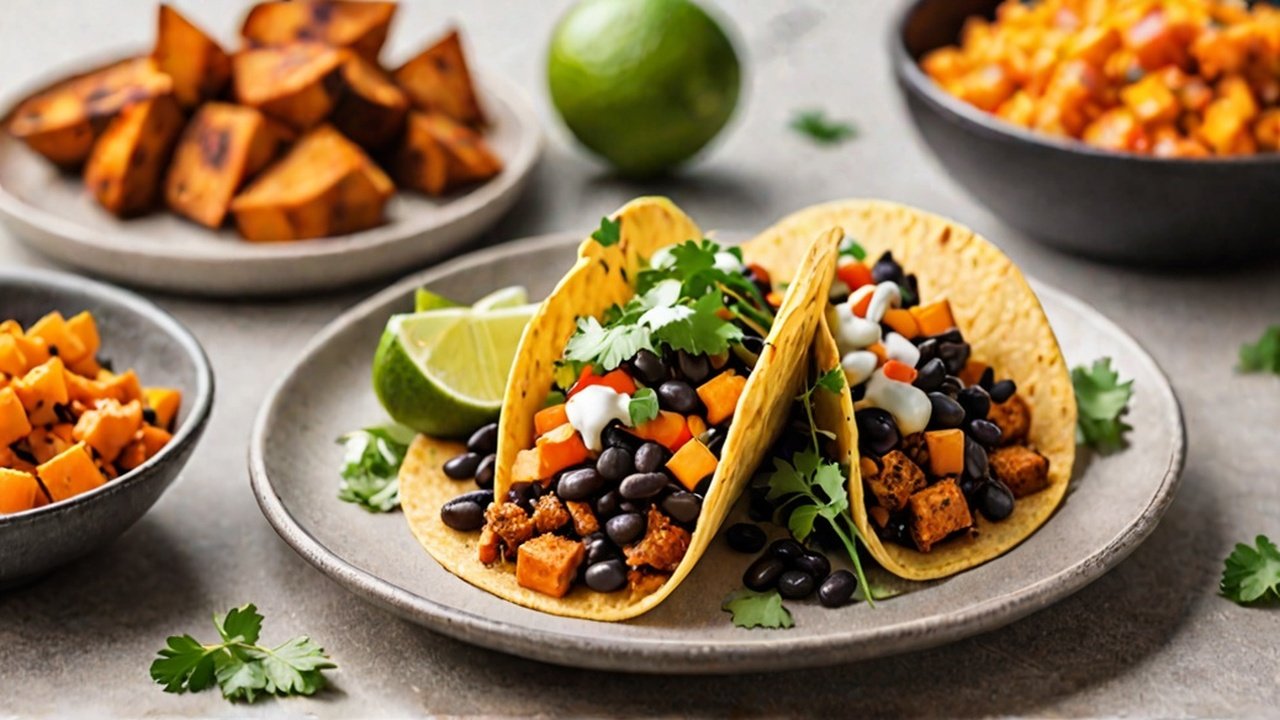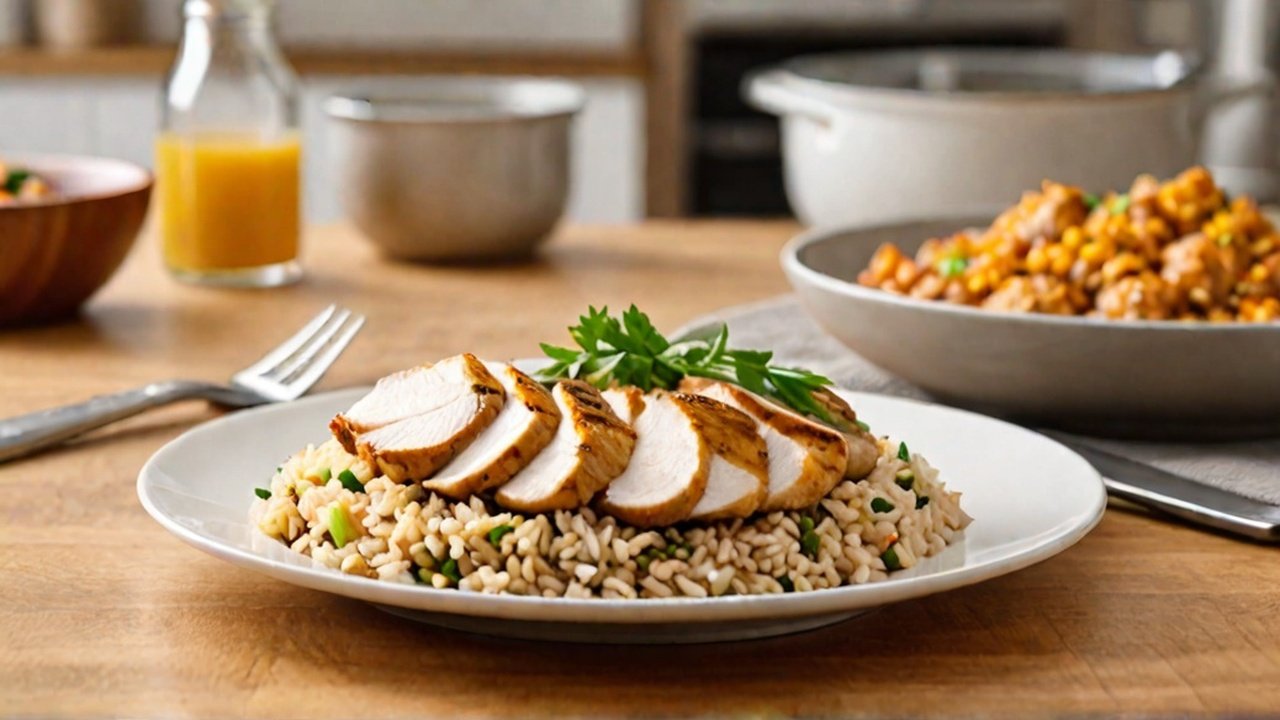The B Team: A Deep Dive into B Vitamins with a Fun Twist
The Importance of B Vitamins: Functions, Sources, and Clinical Significance.
Picture this: You’re at a concert, but instead of a rock band, the stage is packed with eight tiny superheroes, each with their own special powers. Welcome to the B Vitamin Orchestra! These guys don’t play guitars; they’re here to keep your body rocking and rolling all day long. But like the roadies that go unnoticed behind the scenes, B vitamins quietly make sure that everything works like a well-oiled machine. Let’s shine the spotlight on these unsung heroes and see why your body’s daily playlist can’t hit the right notes without them. Seriously,B vitamins, collectively known as the B-complex group, are essential water-soluble vitamins that play diverse roles in metabolic processes. Unlike fat-soluble vitamins, the body does not store significant amounts of B vitamins, necessitating daily intake to maintain optimal health. Found in various foods such as animal proteins, dairy products, leafy greens, and legumes, B vitamins are crucial for maintaining energy metabolism, brain function, and overall cellular health.
Meet the Band Members: The B-Squad
Thiamine (B1): The Energy DJ
Thiamine is the guy spinning the turntables at your body’s cellular dance party, turning carbs into energy so you can bust a move (or at least make it to the fridge). Vital for energy production, thiamine supports carbohydrate metabolism and is essential for nerve function. Without enough B1, you’ll be feeling like the party's over before it even started. Ever heard of beriberi? It’s what happens when thiamine skips the gig—it’s as unpleasant as it sounds, trust me.Riboflavin (B2): The Glow Getter
Want healthy skin, eyes, and a metabolism that works like a Swiss watch? Riboflavin is your go-to. Think of B2 as the one with the neon lights that keeps the party illuminated. Plays a critical role in energy production and acts as an antioxidant, protecting cells from oxidative stress.It’s a master of multitasking: supporting energy production while being an antioxidant on the side. And if you ever wondered why your urine turns bright yellow after popping a multivitamin, that’s riboflavin yelling, “Hey, I’m here!”Niacin (B3): The Jack-of-All-Trades
Niacin doesn’t just show up for energy production—it’s got a side hustle as a DNA repairman and even moonlights as a cholesterol-level manager. Involved in DNA repair, energy metabolism, and the synthesis of fatty acids and cholesterol. Niacin can also be used therapeutically to manage cholesterol levels.But be warned: take too much and you’ll get the “niacin flush,” a sudden redness that makes you look like you just finished a spicy food challenge.Pantothenic Acid (B5): The Backbone: Essential for the synthesis of coenzyme A, which is integral to fatty acid metabolism.
If life were a party, pantothenic acid would be the one making sure everyone got there. This vitamin helps produce coenzyme A, which is crucial for breaking down fats and carbs. It’s the behind-the-scenes manager ensuring that everything from hormone production to energy synthesis goes off without a hitch.Pyridoxine (B6): The Mood Maestro
Feeling down? B6 is like your body’s personal therapist. It’s heavily involved in making serotonin, aka the “happy chemical.” Need a reason to smile on a Monday morning? Make sure your B6 levels are on point. This vitamin also ensures your hemoglobin is shipshape, so your blood is better at playing Santa and delivering oxygen to all your cells. Supports amino acid metabolism, neurotransmitter synthesis, and hemoglobin production.Biotin (B7): The Beauty Influencer
Biotin is the one you see plastered all over shampoo bottles, promising luscious hair and nails worthy of a reality TV star. But don’t let the marketing fool you—it’s more than just a pretty face. Biotin is also vital for breaking down macronutrients into usable energy. So when you eat that donut (no judgment), B7 helps convert it into the fuel you need to earn another one.Folate (B9): The Cell Whisperer
Folate’s like that friend who can do 10,000 things at once without breaking a sweat. It’s essential for cell division and DNA synthesis. And for expecting mothers, folate is the MVP, helping to prevent neural tube defects in developing babies. Low folate levels can lead to megaloblastic anemia—a condition where your blood cells look so large and weird that even they’d fail a size regulation test. Important for DNA and RNA synthesis, cell division, and proper neural tube development in embryos.Cobalamin (B12): The Brainy One
Cobalamin is the wise, older band member keeping everyone else in check. It plays a key role in neurological function and the formation of red blood cells. Forget to invite B12 to the party, and you’ll feel it—brain fog, fatigue, and even full-blown anemia if it skips too many gigs. B12 is primarily found in animal products, so vegans, keep an eye on this one, or consider a supplement if you don’t want your neurons filing a formal complaint.
Why You Need the Full Ensemble
Each B vitamin does its own thing, but they play in perfect harmony to keep your metabolism singing and your nervous system from turning into a comedy of errors. They’re coenzymes, meaning they help other enzymes do their job. Imagine trying to bake a cake without a whisk—it’s technically possible but will probably end up on a “cooking fails” TikTok. That’s what your body would be without B vitamins.
B vitamins primarily act as cofactors or coenzymes in metabolic reactions, facilitating the conversion of nutrients into energy and the creation of bioactive molecules. Their roles can be broadly categorized into catabolic (energy-releasing) and anabolic (biosynthetic) pathways:
Catabolic Metabolism: This process breaks down carbohydrates, proteins, and fats into simpler molecules, leading to ATP production through the citric acid cycle and electron transport chain. Deficiencies in B vitamins can impair these pathways, causing reduced energy levels and metabolic inefficiency.
Anabolic Metabolism: B vitamins assist in synthesizing critical biological compounds, such as neurotransmitters and nucleotides, essential for cell growth and repair.
B vitamins are integral to brain health and the nervous system. They participate in the synthesis of neurotransmitters, support myelin sheath integrity, and facilitate axonal transport. Deficiencies in specific B vitamins have been linked to neurological disorders, such as:
Depression and Mood Disorders: Deficiencies in B6, B9 (folate), and B12 can contribute to mood imbalances and increased risk of depression.
Cognitive Decline: Insufficient B12 levels can lead to memory loss, confusion, and an increased risk of neurodegenerative diseases like Alzheimer’s.
Peripheral Neuropathy: Thiamine and B12 deficiencies are commonly associated with nerve damage, causing symptoms such as tingling, numbness, or weakness.
Deficiency Drama: When the B-Squad Goes AWOL
B vitamin deficiencies aren’t just an inconvenience—they’re the equivalent of your body pulling a fire alarm. Here’s what happens when your body’s VIPs go MIA:
B1 and B3 Deficiencies: You’ll start feeling like the battery life on an old smartphone—draining fast. Severe cases can lead to conditions like beriberi or pellagra, where symptoms include everything from confusion to skin issues.
Low B6 or B12: Prepare for mood swings that could rival a soap opera, plus the possibility of nerve problems and anemia. Chronic low B12 can even lead to irreversible neurological damage—definitely not a party you want to host.
Folate Deficiency: Besides megaloblastic anemia, low folate can cause issues in pregnancy, like neural tube defects. No folate? No bueno.
Who’s at Risk?
Anyone who’s on a strict diet, over the age of 65, or has a condition affecting absorption (like celiac or Crohn’s disease) should pay attention to their B vitamin intake. Oh, and if you’re a party animal when it comes to alcohol, listen up—alcohol can interfere with how your body absorbs and uses these nutrients. That’s right, your liver can’t multitask as well as you think it can.
Supplement or Sip?
Most people can meet their B vitamin needs through a balanced diet featuring eggs, meat, dairy, leafy greens, and beans. But if you’re vegan, vegetarian, or just don’t have time to cook anything more complicated than instant noodles, a B-complex supplement might be your best bet. They’re generally safe, but don’t go chugging them like they’re the latest energy drink. Too much of a good thing (especially B6) can lead to nerve damage or other side effects.
Neurological Importance
B vitamins are integral to brain health and the nervous system. They participate in the synthesis of neurotransmitters, support myelin sheath integrity, and facilitate axonal transport. Deficiencies in specific B vitamins have been linked to neurological disorders, such as:
Depression and Mood Disorders: Deficiencies in B6, B9 (folate), and B12 can contribute to mood imbalances and increased risk of depression.
Cognitive Decline: Insufficient B12 levels can lead to memory loss, confusion, and an increased risk of neurodegenerative diseases like Alzheimer’s.
Peripheral Neuropathy: Thiamine and B12 deficiencies are commonly associated with nerve damage, causing symptoms such as tingling, numbness, or weakness.
Associated Health Conditions
Certain medical conditions can be exacerbated or mitigated by B vitamin levels:
Anemia: Both folate and B12 are critical for red blood cell production. Deficiencies can lead to megaloblastic anemia, characterized by large, immature red blood cells.
Alcoholism: Chronic alcohol consumption impairs B vitamin absorption and utilization, leading to potential deficiencies, particularly in thiamine, increasing the risk of Wernicke-Korsakoff syndrome.
Cardiovascular Health: Elevated homocysteine levels, a risk factor for cardiovascular disease, can result from low B6, B9, or B12 levels.
Populations at Risk
Certain groups may require additional attention regarding B vitamin intake:
Elderly Individuals: Age-related decline in nutrient absorption can lead to deficiencies in vitamins such as B12, which requires adequate stomach acid for absorption.
Pregnant Women: Increased folate is crucial for preventing neural tube defects in developing fetuses.
Vegetarians and Vegans: Since B12 is found predominantly in animal products, those following plant-based diets may be at risk of deficiency and require supplements or fortified foods.
Clinical Applications and Supplementation
Dietary Recommendations: The recommended daily intake for each B vitamin varies. For example, adult men and women need approximately 2.4 mcg of B12 and 400 mcg of folate daily.
Therapeutic Use: High-dose niacin has been used to manage dyslipidemia, while B6 is sometimes prescribed for premenstrual syndrome (PMS) and nausea during pregnancy.
Safety: Most B vitamins are safe even when consumed at levels achieved through supplements and fortified foods. However, excessive intake of certain B vitamins, such as B6, can lead to potential toxicity over time, with symptoms including nerve damage.
The Grand Finale
Your body is basically a rock concert with the B vitamins as the headline act. They don’t just show up; they fuel the entire gig, making sure you stay sharp, energized, and as balanced as a yoga instructor on a tightrope. So give a little love to your B-complex friends—they’re working hard, and unlike that one friend who always asks for gas money, they actually deserve it.
And there you have it, folks—a deep dive into the B vitamin family with all the fun and flair they deserve. Keep your intake on point, and your body will thank you for it.
1. Spinach and Mushroom Omelet (Vitamin B2, B3, B12)
Ingredients:
3 eggs
1 cup spinach
½ cup mushrooms, sliced
1 tablespoon olive oil
Salt and pepper to taste
Instructions:
Heat olive oil in a pan.
Sauté mushrooms until soft, then add spinach and cook until wilted.
Beat eggs, add salt and pepper, then pour over vegetables.
Cook until the eggs set, fold, and serve.
Why it's good: Eggs are rich in B2, B12, while spinach and mushrooms provide B3 for energy production.
2. Chicken and Brown Rice Stir-Fry (B3, B6)
Ingredients:
1 cup brown rice (cooked)
200g chicken breast, sliced
1 bell pepper, chopped
1 carrot, julienned
2 tablespoons soy sauce
1 tablespoon sesame oil
1 clove garlic
Instructions:
Stir-fry chicken in sesame oil until golden brown.
Add garlic, bell pepper, and carrot. Cook for 5 minutes.
Stir in cooked rice and soy sauce. Mix well.
Serve hot.
Why it's good: Chicken is high in B6 for brain function, and brown rice contains B3 to support digestion.
3. Lentil and Quinoa Salad (B1, B9)
Ingredients:
1 cup cooked quinoa
1 cup cooked lentils
½ cucumber, diced
1 tomato, diced
2 tablespoons olive oil
Juice of 1 lemon
Salt and pepper
Instructions:
Combine quinoa, lentils, cucumber, and tomato in a bowl.
Whisk olive oil and lemon juice for the dressing, season with salt and pepper.
Toss the salad with dressing and serve.
Why it's good: Lentils are rich in B9 (folate) for cell production, while quinoa is a good source of B1.
4. Salmon with Asparagus (B6, B12, B3)
Ingredients:
1 salmon fillet
8 asparagus spears
1 tablespoon olive oil
1 lemon wedge
Salt and pepper
Instructions:
Heat olive oil in a pan. Cook salmon 4-5 minutes on each side.
In the same pan, cook asparagus for 2-3 minutes.
Squeeze lemon over salmon and asparagus.
Serve with salt and pepper.
Why it's good: Salmon is rich in B12 and B6 for red blood cell formation, while asparagus provides B3.
5. Beef and Bell Pepper Fajitas (B12, B6, B3)
Ingredients:
200g beef strips
1 red bell pepper, sliced
1 green bell pepper, sliced
1 onion, sliced
2 tortillas
1 tablespoon olive oil
Instructions:
Sauté beef in olive oil until browned.
Add bell peppers and onions, cook for 5 minutes.
Warm tortillas and fill with beef mixture.
Serve with salsa or guacamole.
Why it's good: Beef is an excellent source of B12 and B6, essential for energy and muscle function.
6. Tuna and Avocado Salad (B3, B6, B12)
Ingredients:
1 can of tuna
1 avocado, diced
1 cucumber, diced
1 tablespoon olive oil
Juice of 1 lime
Salt and pepper
Instructions:
Combine tuna, avocado, and cucumber in a bowl.
Drizzle with olive oil and lime juice. Season with salt and pepper.
Mix well and serve.
Why it's good: Tuna provides a rich source of B12 and B3 for brain health, while avocado has B6.
7. Chickpea and Spinach Curry (B1, B9)
Ingredients:
1 can chickpeas
2 cups spinach
1 onion, chopped
2 garlic cloves, minced
1 tablespoon curry powder
1 tablespoon coconut oil
Instructions:
Heat coconut oil, sauté onion and garlic until golden.
Add curry powder and chickpeas, cook for 5 minutes.
Stir in spinach and cook until wilted.
Serve with rice.
Why it's good: Chickpeas are rich in B9 (folate) for cell growth, while spinach adds B1.
8. Turkey and Sweet Potato Skillet (B6, B12)
Ingredients:
200g ground turkey
1 sweet potato, diced
1 onion, diced
1 tablespoon olive oil
Salt and pepper
Instructions:
Cook turkey in olive oil until browned.
Add sweet potatoes and onions, cook until soft.
Season with salt and pepper, serve.
Why it's good: Turkey is rich in B6 and B12, while sweet potatoes add complex carbs for energy.
9. Whole Wheat Pasta with Tuna (B1, B3, B6)
Ingredients:
200g whole wheat pasta
1 can of tuna
2 garlic cloves, minced
2 tablespoons olive oil
1 tablespoon lemon juice
Instructions:
Cook pasta as per instructions.
Heat olive oil, sauté garlic until golden.
Add tuna and lemon juice, stir for 3 minutes.
Mix with pasta and serve.
Why it's good: Tuna provides B12 and B3, while whole wheat pasta is high in B1.
10. Banana and Almond Smoothie (B2, B6)
Ingredients:
1 banana
1 cup almond milk
1 tablespoon almond butter
1 teaspoon honey
Instructions:
Blend banana, almond milk, almond butter, and honey until smooth.
Pour into a glass and enjoy!
Why it's good: Bananas are rich in B6, and almond milk is a good source of B2 for skin health.
11. Mushroom and Barley Soup (B3, B9)
Ingredients:
1 cup barley
1 cup mushrooms, sliced
1 onion, diced
1 garlic clove, minced
1 tablespoon olive oil
Instructions:
Heat olive oil, sauté onions, garlic, and mushrooms.
Add barley and 4 cups of water, cook for 25 minutes.
Season with salt and pepper, serve hot.
Why it's good: Barley contains B3 for metabolism, while mushrooms are rich in B9.
12. Greek Yogurt with Walnuts and Honey (B2, B5)
Ingredients:
1 cup Greek yogurt
2 tablespoons walnuts
1 tablespoon honey
Instructions:
Scoop yogurt into a bowl.
Top with walnuts and drizzle with honey.
Serve immediately.
Why it's good: Greek yogurt is rich in B2 and B5 for energy, and walnuts provide healthy fats.
13. Shrimp and Garlic Quinoa (B12, B9)
Ingredients:
200g shrimp, peeled
1 cup cooked quinoa
2 garlic cloves, minced
1 tablespoon olive oil
Juice of 1 lemon
Instructions:
Cook shrimp in olive oil with garlic until pink.
Stir in cooked quinoa and lemon juice.
Serve hot.
Why it's good: Shrimp provides B12 for nervous system health, while quinoa is high in B9.
14. Spinach and Lentil Stew
Ingredients:
1 cup lentils
2 cups fresh spinach
1 onion, finely chopped
2 cloves garlic, minced
1 tsp cumin
1 tsp turmeric
4 cups vegetable broth
1 tbsp olive oil
Salt and pepper to taste
Instructions:
Rinse the lentils under cold water and set them aside.
In a large pot, heat the olive oil over medium heat. Add the chopped onions and garlic and sauté until softened, about 5 minutes.
Stir in the cumin and turmeric, allowing the spices to bloom for about 1 minute.
Add the lentils and vegetable broth to the pot. Bring the mixture to a boil, then reduce heat to a simmer. Cook the lentils for 20-25 minutes, until tender.
Add the spinach during the last 5 minutes of cooking and stir until wilted.
Season with salt and pepper to taste and serve warm.
Why It’s Good for You:
This stew is rich in folate (vitamin B9) from lentils and spinach, which is important for DNA synthesis and cell repair. Lentils are also a great source of vitamin B6, supporting brain health and energy metabolism.
15. Mushroom and Egg Stir-Fry
Ingredients:
200g mushrooms, sliced
3 large eggs
1 onion, sliced
1 red bell pepper, chopped
2 tbsp soy sauce
1 tbsp olive oil
2 garlic cloves, minced
A handful of fresh parsley, chopped
Instructions:
Heat the olive oil in a pan over medium heat. Add the onions and sauté until translucent.
Add the garlic and cook for another 1 minute.
Stir in the mushrooms and red bell pepper. Cook until the mushrooms are tender and the bell pepper softens, about 5 minutes.
In a small bowl, beat the eggs and add a pinch of salt. Push the vegetables to one side of the pan and pour the beaten eggs into the other side. Scramble the eggs until cooked through, then mix everything together.
Stir in the soy sauce and cook for another 2 minutes. Garnish with parsley and serve.
Why It’s Good for You:
Eggs are an excellent source of B12 and biotin (vitamin B7), which support energy production and metabolism. Mushrooms provide riboflavin (B2), important for breaking down carbohydrates, fats, and proteins.
16. Chickpea and Quinoa Salad
Ingredients:
1 cup cooked quinoa
1 can chickpeas, drained and rinsed
1 cucumber, diced
1 bell pepper, diced
1/4 cup fresh parsley, chopped
2 tbsp lemon juice
2 tbsp olive oil
Salt and pepper to taste
Instructions:
In a large bowl, combine the cooked quinoa, chickpeas, cucumber, and bell pepper.
In a small bowl, whisk together the lemon juice, olive oil, salt, and pepper.
Pour the dressing over the salad and toss to combine.
Garnish with parsley and serve chilled.
Why It’s Good for You:
Chickpeas are high in folate (B9) and vitamin B6, both essential for brain health and red blood cell formation. Quinoa is a good source of riboflavin (B2), which helps your body convert food into energy.
17. Salmon and Avocado Wraps
Ingredients:
1 avocado, sliced
2 whole wheat tortillas
200g cooked salmon fillets
1 tbsp lemon juice
1/4 cup Greek yogurt
A handful of baby spinach
Salt and pepper to taste
Instructions:
In a small bowl, mash the avocado with lemon juice, salt, and pepper.
Spread the Greek yogurt on each tortilla.
Add the salmon fillet, baby spinach, and mashed avocado to the center of each tortilla.
Roll up the wraps and cut them in half before serving.
Why It’s Good for You:
Salmon is one of the best sources of vitamin B12, crucial for nerve function and red blood cell production. Avocados are high in folate (B9) and vitamin B6, helping with mood regulation and preventing anemia.
18. Beef and Barley Soup
Ingredients:
200g lean beef, cubed
1/2 cup pearl barley
1 onion, chopped
2 carrots, sliced
2 celery stalks, chopped
4 cups beef broth
1 tsp thyme
Salt and pepper to taste
1 tbsp olive oil
Instructions:
Heat olive oil in a large pot over medium heat. Add the beef cubes and brown on all sides.
Remove the beef and set aside. In the same pot, sauté the onion, carrots, and celery for about 5 minutes.
Add the pearl barley, thyme, and beef broth. Bring to a boil, then reduce heat and simmer for 25 minutes.
Return the beef to the pot and cook for an additional 10 minutes, until the barley is tender.
Season with salt and pepper before serving.
Why It’s Good for You:
Beef is rich in vitamin B12 and niacin (B3), essential for nervous system function and energy production. Barley adds fiber and vitamin B6, which aids in brain health and immune function.
19. Sweet Potato and Black Bean Tacos
Ingredients:
2 medium sweet potatoes, cubed
1 can black beans, drained and rinsed
1 tsp cumin
1 tsp chili powder
1/4 cup fresh cilantro, chopped
1 lime, juiced
4 corn tortillas
1 tbsp olive oil
Salt and pepper to taste
Instructions:
Preheat the oven to 400°F (200°C). Toss the sweet potato cubes in olive oil, cumin, chili powder, salt, and pepper. Roast in the oven for 25 minutes, or until tender.
In a small bowl, combine the black beans, lime juice, and cilantro.
Warm the tortillas in a pan or microwave.
Assemble the tacos by layering roasted sweet potatoes and the black bean mixture in each tortilla. Serve warm.
Why It’s Good for You:
Sweet potatoes are a good source of pantothenic acid (B5), which helps convert carbohydrates into energy. Black beans provide folate (B9) and vitamin B6, which promote heart health and help prevent birth defects.
20. Chicken and Brown Rice Pilaf
Ingredients:
1 cup brown rice
200g chicken breast, diced
1 onion, chopped
1 carrot, diced
2 cloves garlic, minced
2 cups chicken broth
1 tsp paprika
1 tsp cumin
2 tbsp olive oil
Salt and pepper to taste
Instructions:
Heat 1 tablespoon of olive oil in a pan over medium heat. Add the diced chicken and cook until browned. Remove from the pan and set aside.
In the same pan, add the remaining olive oil and sauté the onions, garlic, and carrots for about 5 minutes.
Stir in the paprika and cumin, then add the brown rice, cooking for another minute.
Pour in the chicken broth and bring to a boil. Reduce heat, cover, and simmer for 30-35 minutes, or until the rice is cooked.
Stir the chicken back into the pan, season with salt and pepper, and serve warm.
Why It’s Good for You:
Chicken is a great source of niacin (B3) and vitamin B6, both essential for metabolism and maintaining healthy skin. Brown rice contains niacin and provides energy due to its complex carbohydrates.
Conclusion
B vitamins are indispensable for energy production, neurological function, and overall cellular health. Ensuring an adequate intake through diet or supplements is crucial, particularly for at-risk populations such as older adults and those with specific dietary restrictions. Regular monitoring and dietary adjustments can help maintain optimal levels and prevent deficiency-related disorders.
Purchases made from this site may result in a commission.

